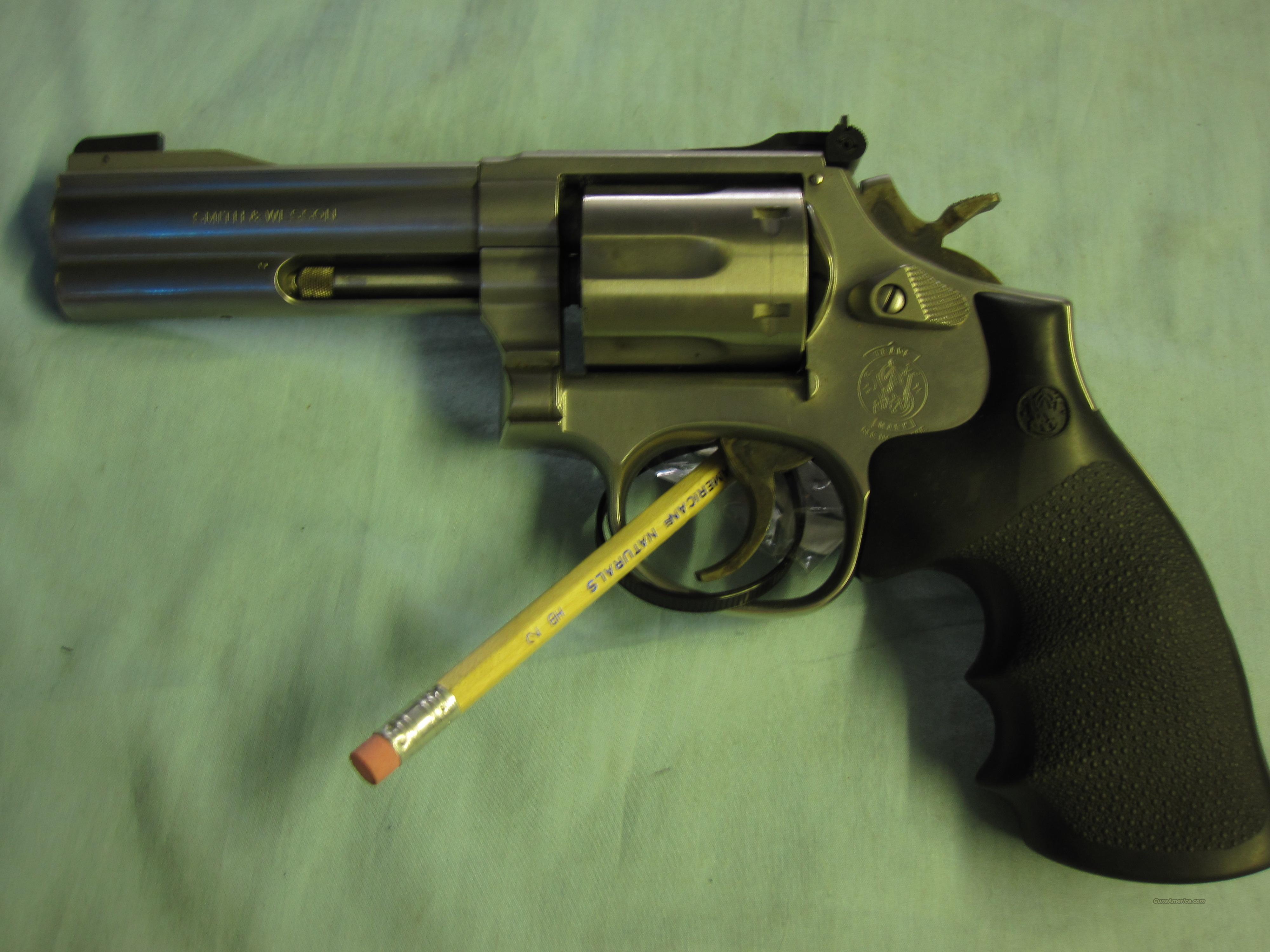

Many wanted to enjoy the shooting sports, including handgunning. When the war was over and America entered a new era of affluence, all those GIs who learned their shooting skills from Uncle Sam came home. Six years after its introduction, the gun was out of production.īut that was only because everything else was likewise temporarily on hold World War II production of military revolvers for the British took precedence. 357 as a gun/cartridge combo capable of expanded roles such as long-range shooting, dangerous-game hunting and anti-personnel use. 38 Spl., but the performance improvement in both gun and cartridge quickly developed enormous popularity. Long-barreled versions of the revolver drove 158-grain bullets to speeds of 1,500 fps or more. The big N-frame wheelgun fired a new, high-speed, heavy-bullet cartridge called the. It was a brute-strong gun, fitted and finished to an unprecedented level of excellence. On April 8, 1935, Smith & Wesson ushered in the Magnum era of handgunning with a new revolver. To do so, we have to go back a few years to the beginning of the Magnum era. 357 Mag., deserve to be understood by today's handgunners, so I'll tell their story here. The L-frames, engineered to handle the stresses of the. This medium magnum came as a result of the continuing evolution of the K-frame M&P models introduced in 1899. The best of that breed was-and still is-Smith & Wesson's superb series of L-frame revolvers. Colt was fading fast in a market it once dominated, Ruger had made only modest inroads, and more often than not, the cop on the beat carried a Smith & Wesson. The grand old 1911 pistol was showing surprising signs of a renaissance, but the gun to have for police service was the century-old double-action revolver. Semi-automatic pistol choices were far less varied, and concealed-carry handguns were almost always snub-nose revolvers. The handgunning scene of the 1970s was unlike today's.


 0 kommentar(er)
0 kommentar(er)
